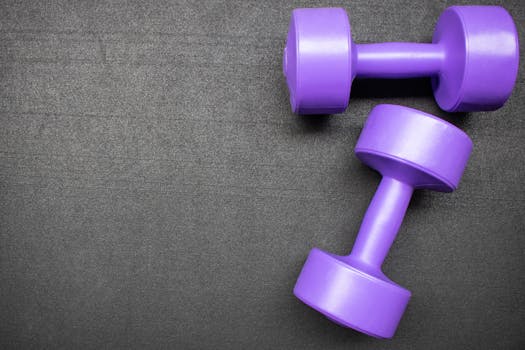
Understanding HIIT

High-Intensity Interval Training (HIIT) is a popular workout strategy that alternates short bursts of intense exercise with periods of rest or lower-intensity exercise. This method is effective for fat loss and improving cardiovascular health.
Benefits of HIIT for Fat Loss

HIIT workouts are efficient and can burn a significant number of calories in a short time. Engaging in HIIT can lead to increased metabolic rate even after the workout is completed, a phenomenon known as the afterburn effect.
Time Efficiency
One of the main advantages of HIIT is that it allows individuals to complete workouts in less time compared to traditional cardio. A typical HIIT session can last from 15 to 30 minutes, making it suitable for busy schedules.
Fat Loss and Muscle Preservation
HIIT promotes fat loss while preserving lean muscle mass, which is crucial for maintaining a healthy metabolism. This makes it an ideal choice for those looking to lose weight without sacrificing muscle.
How to Get Started with HIIT

Starting HIIT can be straightforward. Beginners should consult with a fitness professional to create a tailored plan that considers individual fitness levels and goals. A common HIIT workout structure includes 20 seconds of intense activity followed by 40 seconds of rest.
Sample HIIT Routine
1. Jumping Jacks
2. Rest
3. Burpees
4. Rest
5. High Knees
6. Rest
7. Mountain Climbers
8. Rest
Safety Tips

While HIIT is generally safe for most individuals, it’s essential to listen to your body and avoid overexertion. Warm-up properly before starting the workout and cool down afterward.






